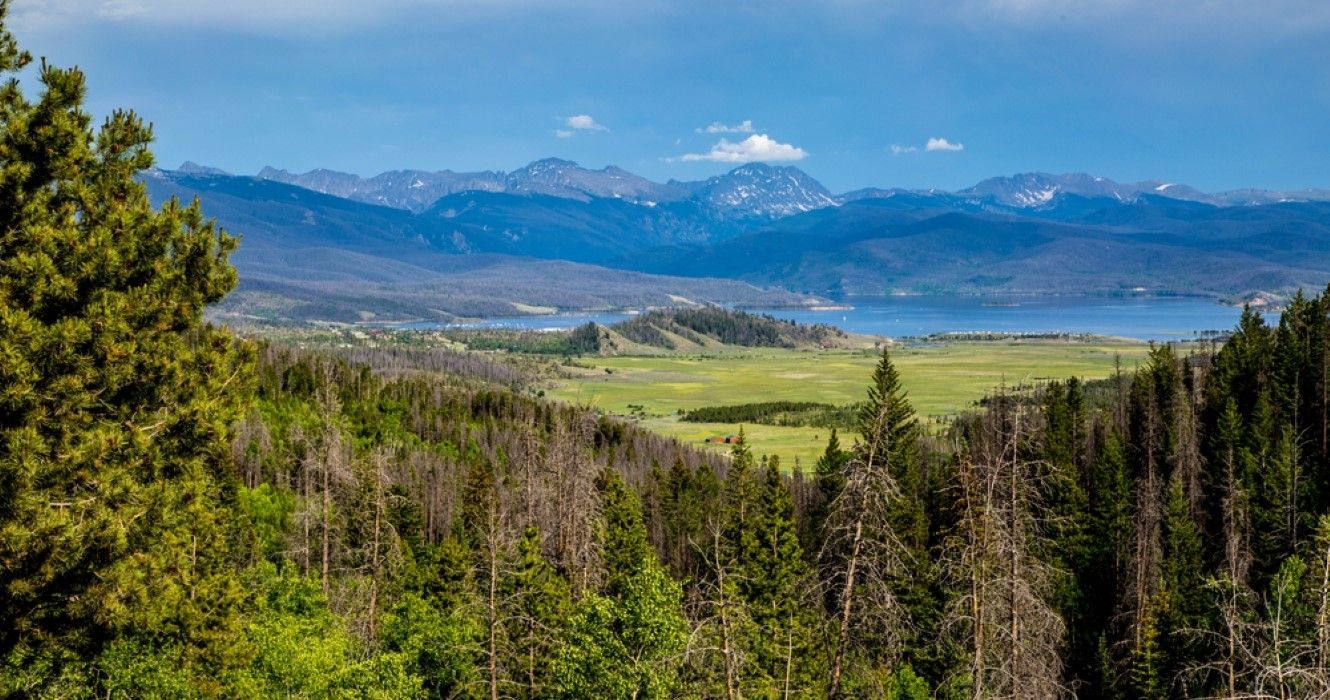Summary
- The Northern Rocky Mountains, part of the Canadian Rockies, offer stunning natural beauty with diverse subranges and captivating landmarks. It is a bucket list destination for nature enthusiasts and explorers.
- The Northern Rockies extend from the Canadian border to south-central Idaho, encompassing the most varied mountain landscapes of the Cordillera. Montana's portion is particularly beautiful and considered the heart of the range.
- The Northern Rockies cover a vast area in the United States, including Montana, Idaho, northeastern Washington, and northwestern Wyoming. There are numerous towns, attractions, and national parks to explore, making it an extensive and exciting vacation destination.
The Northern Rocky Mountains, a distinct segment of the expansive Canadian Rockies, form a breathtaking natural tableau in the northern half of the Rocky Mountains range. Their defining geographical boundaries are marked by the majestic Liard River to the north and encompass various captivating landmarks to the south, such as Mount Ovington and Monkman Pass. This region is widely acknowledged for its profound scenic beauty, characterized by the contrasting accessibility of its southern Hart Ranges, crossed by notable highways and rail lines, versus the more remote and secluded landscapes north of Lake Williston.
Diverse subranges, including the Muskwa, Hart, and Misinchinka Ranges, contribute to the region's unique allure. Numerous provincial parks, like the Northern Rocky Mountains Provincial Park and Monkman Provincial Park, safeguard its ecological treasures, making the Northern Rocky Mountains a bucket list destination for avid explorers and nature enthusiasts. As we delve deeper into the Northern Rocky Mountains' US portion, this article unveils captivating locales and hidden gems that grace this remarkable journey. The United States is filled with scenic mountain ranges, but could the Northern Rockies be a standout?
Where Are The Northern Rocky Mountains?
- The Northern Rockies extend from the Canadian border to south-central Idaho.
- The Northern Rockies contain the most varied mountain landscapes of the Cordillera.
For those wanting to travel to the Northern Rockies, this means a trip to Canada or a significant portion of western Montana and north-central Idaho. These mountains, often called the 'Canadian Rockies,' are some of North America's most stunning, boasting heights of around 3660 meters (12,000 feet).
Of course, like many mountain ranges throughout the United States and Canada, these mountains are accessible by car and could mean it's time for a road trip through the Northern US.
Montana's portion of the Northern Rocky Mountains/Rockies is especially beautiful, boasting portions of Teton, Pondera, Glacier, and Lewis and Clark counties. The geographic area is bordered by Highway 2 and Glacier National Park. Many consider Montana to host the "heart" of this mountain range.
Again, the Rockies encompass nearly 100 unique mountain ranges, so a trip to the North, Middle, or Southern sections will impress the entire group. Many people who embark on a journey to the Canadian portion of the Rockies go by horse, which could be a fun idea for travelers.
Colorado's Rocky Mountain range is also quite impressive, with these ten hikes especially notable.
What Parts Of The United States Do The Northern Rocky Mountains Cover?
If someone in the United States wants to experience the Northern Rockies, it's best to begin in Montana and Idaho. In Idaho and western Montana, the Northern Rockies are composed of a series of mountain ranges:
- Clearwater Mountains
- White Cloud Mountains
- Salmon River Mountains
- Sawtooth Mountains
- Lost River Mountains
This is one of the most scenic mountain ranges in Montana, giving tourists a once-in-a-lifetime chance to witness the magnitude of these captivating territories. On top of that, these mountains can also be found in northeastern Washington and northwestern Wyoming.
That makes this a vast area to cover within the US, and that's not even considering Canada's majority section. The Northern Rocky Mountains have long been a staple of the continent, with many unique sights and towns tucked nearby.
Someone could easily spend an entire season driving up and down the border of the US and Canada to see these ranges, all of which are special in their own way.
The Northern Rocky Mountains of Montana are also home to the Cordilleran fold-and-thrust belt, a deformed rock created by crustal compression. This came to be during the collision of the oceanic Farallon plate with the North American plate and continues to be a sight worth experiencing for nature enthusiasts and hikers alike.
For those wanting to experience nature among the Rockies, various US National Parks are also worth visiting.
Are There Any Stops In The Northern Rocky Mountains?
Considering the Northern Rockies encompass two countries, Canada and the US, there are many towns and cities, and attractions to consider. Here are some TripAdvisor favorites:
- Liard River Hot Springs Provincial Park
- Fort Nelson Heritage Museum
- Muncho Lake Provincial Park
- Stone Mountain Provincial Park
- Fort Nelson Visitor Information Centre
- Tetsa River Regional Park
- Demonstration Forest Trails
- Toad River Hot Springs Provincial Park
The Rocky Mountains run through much of the United States, extending down to the Middle and Southern Rockies, so this can quickly become an extensive vacation. There are at least 100 separate mountain ranges within the Rockies, so seeing just one part can be an entire weekend.
However, the Northern "Canadian" Rocky Mountains are not as extensive as some of the US-based portions, giving travelers more time to experience each stop.
Any section of this iconic mountain range will be fun to traverse: so don't be afraid to make a few pit stops. Some people even claim the Canadian portion of the Rockies is better, so perhaps try both!




